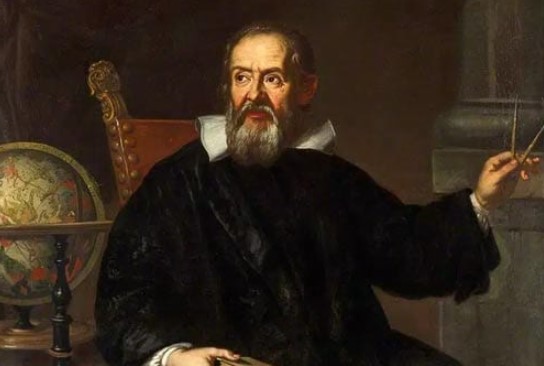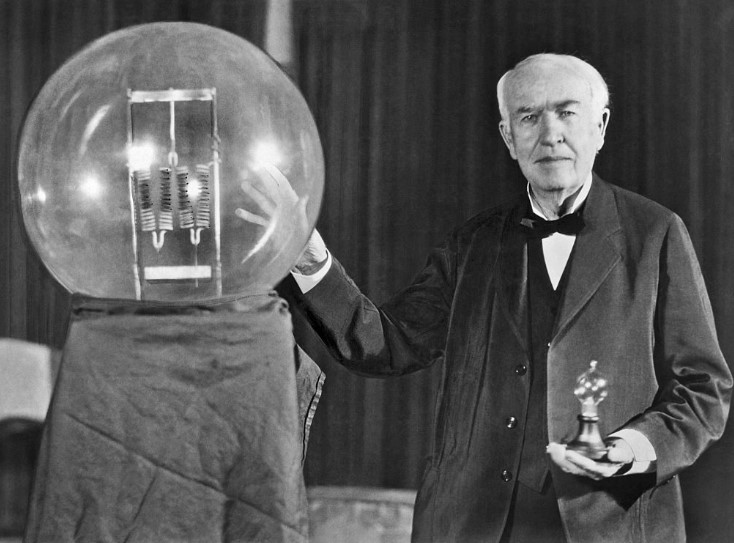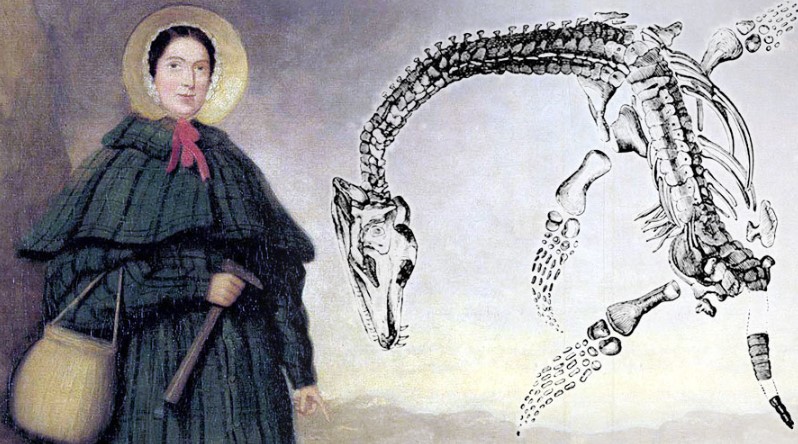
History of Galileo Galilei: A Journey Through the Scientific Revolution
Introduction
Galileo Galilei, an Italian astronomer, physicist, and mathematician, is widely regarded as one of the most influential figures in the Scientific Revolution. His groundbreaking discoveries and theories revolutionized the understanding of the universe, challenging the prevailing geocentric view and paving the way for the heliocentric model. In this article, we embark on a journey through the life and achievements of Galileo Galilei, exploring his profound impact on the world of science and astronomy.
History of Galileo Galilei
Galileo Galilei was born on February 15, 1564, in Pisa, Italy. His early life was marked by a passion for mathematics and physics, which led him to pursue higher education at the University of Pisa. Under the guidance of his mentors, he honed his skills in observational astronomy and mathematical principles. As we delve into his history, we find pivotal moments that shaped his career and scientific pursuits.
1. Early Education and Influences
Galileo’s curiosity and fascination with the natural world were evident from a young age. At the University of Pisa, he studied medicine initially but soon shifted his focus to mathematics and physics. The works of ancient philosophers and mathematicians, such as Archimedes and Euclid, greatly influenced his thinking and laid the foundation for his future endeavors.
2. The Law of the Pendulum
In 1581, while attending the Cathedral of Pisa, Galileo observed the swaying of a chandelier. This motion intrigued him, and through meticulous experiments, he formulated the law of the pendulum, which proved to be a significant contribution to the field of physics.
3. The Inclined Plane Experiment
Galileo’s groundbreaking experiments with inclined planes challenged the Aristotelian concept of motion. By studying the behavior of rolling balls on different inclines, he demonstrated that objects of different masses fall at the same rate, irrespective of their weight. This concept laid the groundwork for his future experiments on motion and gravity.
4. Astronomical Discoveries with the Telescope
In 1609, Galileo heard about the invention of the telescope, and he quickly designed his version of the instrument. With this revolutionary device, he made a series of astronomical observations that changed the course of history. Galileo’s observations of the Moon’s surface, the phases of Venus, and the moons of Jupiter provided compelling evidence for the heliocentric model of the solar system.
5. Clash with the Catholic Church
Galileo’s support for the heliocentric model and his defense of the Copernican theory brought him into conflict with the Catholic Church. His book “Dialogue Concerning the Two Chief World Systems” (1632) was perceived as challenging church doctrine, leading to his trial and house arrest in 1633. Despite this setback, his ideas continued to influence other scientists and thinkers of his time.
6. Contributions to Physics
Galileo’s contributions to physics extended beyond astronomy. His studies on the principles of motion and inertia laid the groundwork for Sir Isaac Newton’s laws of motion, which would emerge later in history.
7. The Final Years
In 1642, Galileo’s health began to decline, and he eventually passed away on January 8, 1642, leaving behind a legacy that forever transformed the realm of science.
Galileo’s Enduring Legacy
Galileo Galilei’s legacy continues to resonate through the ages. His dedication to empirical observation and the use of experimental methods set the standard for scientific inquiry. His discoveries marked a pivotal shift from the geocentric worldview to the heliocentric understanding of the universe, paving the way for modern astronomy and physics.
FAQs about Galileo Galilei
- What were Galileo Galilei’s most significant achievements? Galileo’s most significant achievements include his observations with the telescope, where he discovered the moons of Jupiter and observed the phases of Venus. Additionally, his formulation of the law of the pendulum and his experiments with inclined planes were groundbreaking contributions to the field of physics.
- How did Galileo’s work impact the Scientific Revolution? Galileo’s work played a central role in the Scientific Revolution by challenging prevailing notions about the universe. His support for the heliocentric model laid the foundation for future astronomers and scientists, inspiring them to explore new possibilities and question established beliefs.
- What led to Galileo’s clash with the Catholic Church? Galileo’s support for the heliocentric model and his book “Dialogue Concerning the Two Chief World Systems” led to his clash with the Catholic Church. His ideas were perceived as contradicting the church’s geocentric view, resulting in accusations of heresy and his subsequent trial and house arrest.
- How did Galileo’s work influence later scientific advancements? Galileo’s emphasis on empirical observation and experimentation significantly influenced the scientific method. His contributions to physics, particularly in the study of motion and inertia, laid the groundwork for future scientific developments, including Sir Isaac Newton’s laws of motion.
- What is the significance of Galileo’s telescope observations? Galileo’s telescope observations provided concrete evidence for the heliocentric model. His discovery of the moons of Jupiter and observations of Venus’ phases showed that celestial bodies orbited the Sun, challenging the geocentric model and revolutionizing our understanding of the solar system.
- How did Galileo’s trial impact the pursuit of scientific inquiry? Galileo’s trial and subsequent house arrest sent ripples through the scientific community. It served as a cautionary tale of the potential conflicts between scientific discoveries and religious dogma. Despite this, Galileo’s ideas persisted and ultimately prevailed, further emphasizing the importance of open-mindedness in scientific inquiry.
Conclusion
Galileo Galilei’s journey through the scientific revolution left an indelible mark on the history of science. His unwavering dedication to the pursuit of truth, coupled with his innovative methods, expanded human understanding of the cosmos. Galileo’s willingness to question prevailing beliefs and his commitment to empirical evidence exemplify the essence of scientific inquiry. As we look back on his life and achievements, we acknowledge the enduring legacy of a visionary scientist whose work continues to inspire and shape our understanding of the universe.
Partner Site : Computer Technology, Health And Wellness, Addiction Treatment, Home Maintenance, Home Wine, Healthcare Information, Car Accident, Food Recipes, E-Sports News, Floor Care Advice


